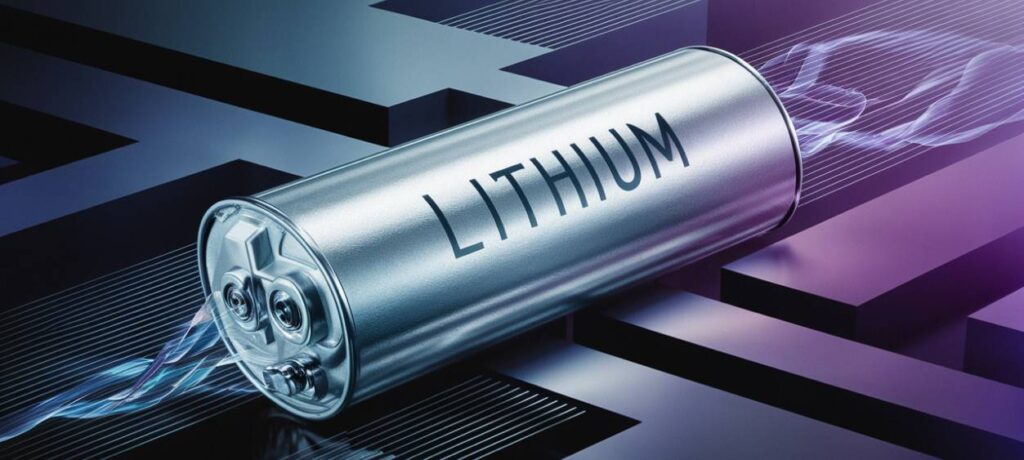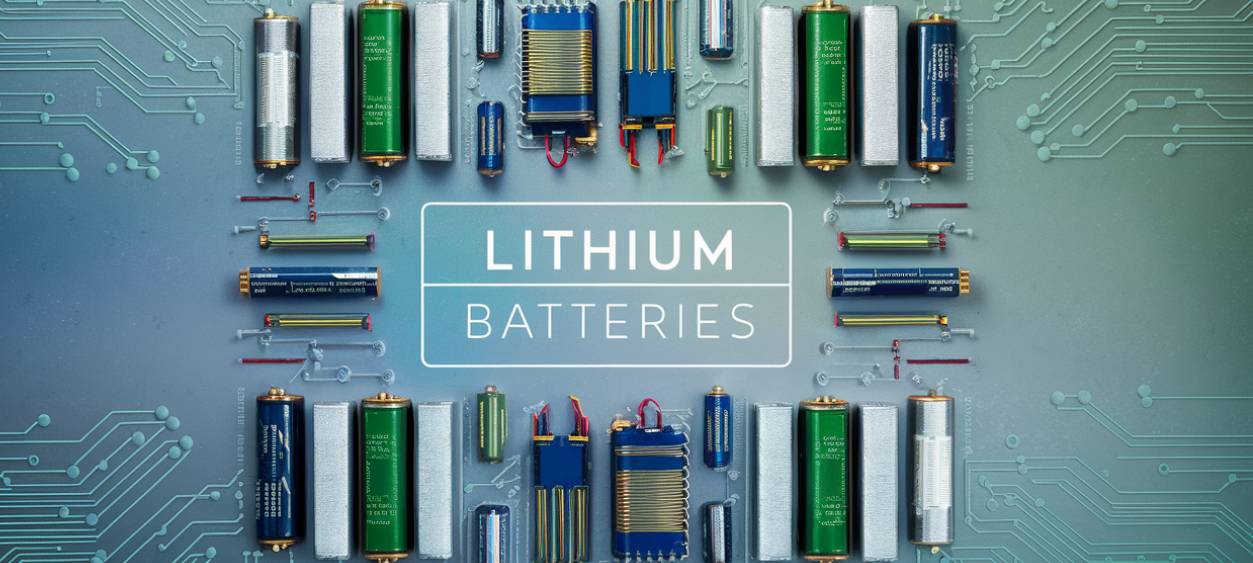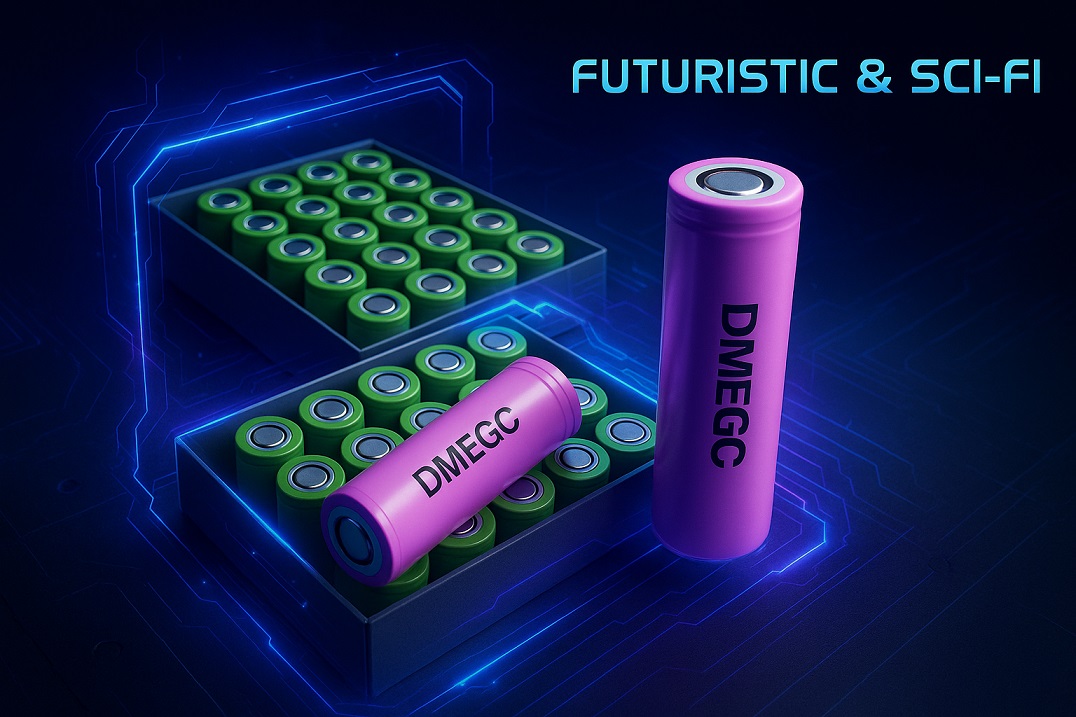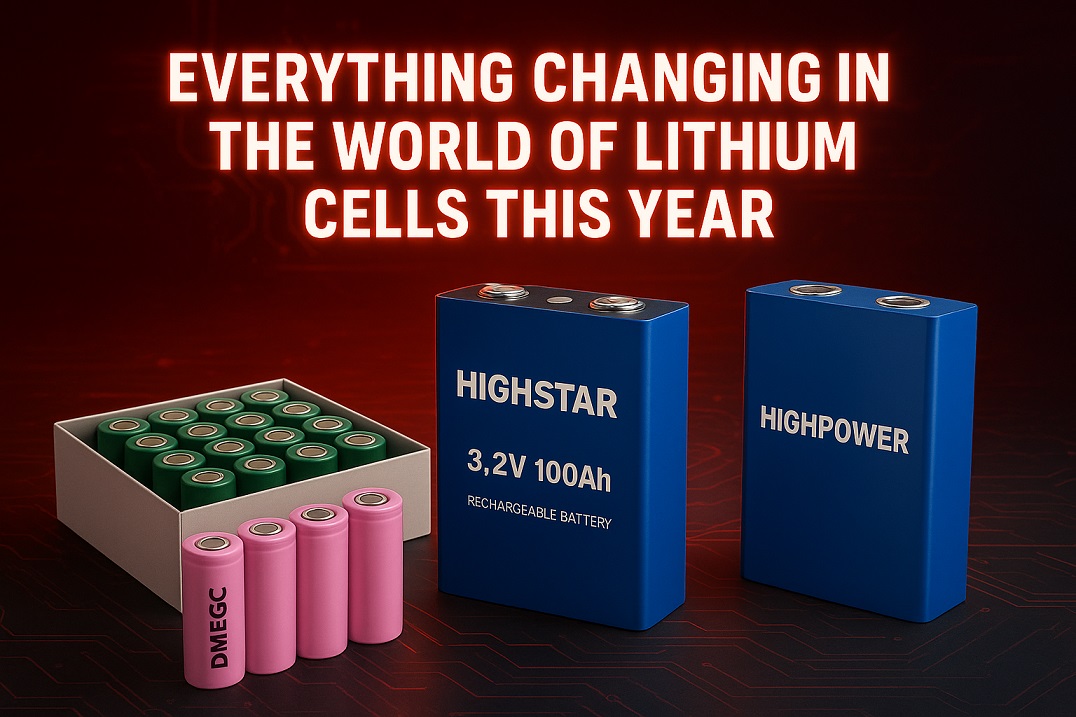Lithium batteries have dominated the portable power landscape for decades, but researchers are constantly exploring new frontiers. While lithium technology continues to improve, there are limitations to consider, such as energy density plateaus and potential environmental impacts. This sparks the question: what’s next for battery technology?
Several promising contenders are emerging, each with the potential to revolutionize energy storage:
-
Solid-State Batteries: Traditional lithium batteries use a liquid electrolyte. Solid-state batteries replace this with a solid material. This offers several advantages: increased safety, faster charging times, and potentially even higher energy density. While still under development, solid-state batteries hold immense promise for electric vehicles and grid storage.
-
Lithium-Sulfur (Li-S) Batteries: These batteries boast a theoretical energy density several times higher than Li-ion. However, challenges exist with maintaining stability during charge cycles. Researchers are actively working on overcoming these hurdles to unlock the potential of Li-S batteries.
-
Sodium-Ion (Na-ion) Batteries: Sodium is an abundant and inexpensive element, making Na-ion batteries a potentially more sustainable alternative to lithium-based options. While energy density is typically lower than Li-ion, Na-ion batteries may be suitable for large-scale energy storage applications where cost-effectiveness is a major priority.
-
Redox Flow Batteries: These unique batteries store energy in liquid solutions rather than solid electrodes. This allows for independent scaling of energy capacity and power output. Redox flow batteries are particularly well-suited for stationary energy storage applications like grid balancing and renewable energy integration.

The Road Ahead
The future of battery technology is brimming with possibilities. Each contender offers unique advantages and challenges. Continued research and development will be crucial in refining these technologies and bringing them to market. The ultimate goal? Developing safe, efficient, and sustainable batteries that can power our evolving world.
It’s important to remember that these next-generation batteries are not necessarily replacements for lithium technology, but rather complementary solutions. The ideal battery choice will depend on the specific application, with each technology fulfilling a niche in the ever-growing energy storage landscape. The advancement of these technologies holds the potential to transform industries and empower a more sustainable future.











